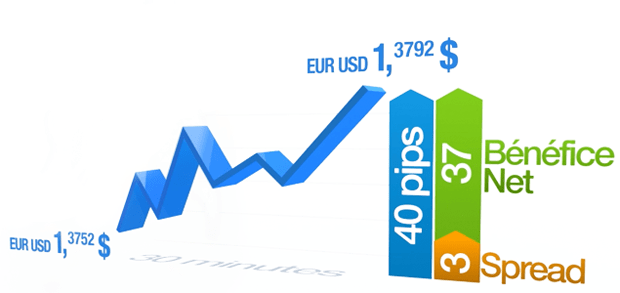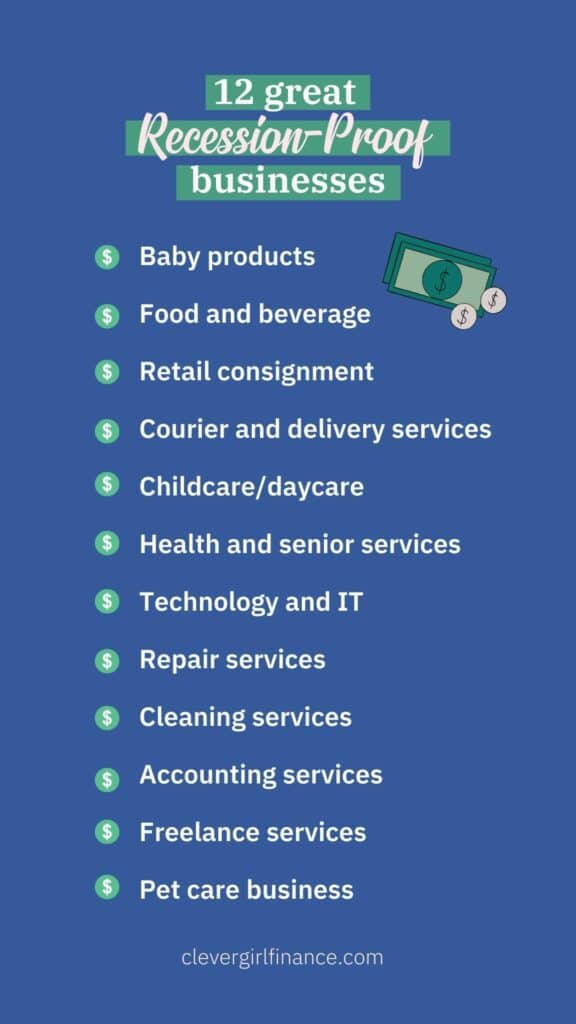
Infrastructure REITs are an internationally recognized asset class. It is known for its stable returns, liquidity, and high return potential. It is also relatively sensitive to macro factors and has a low initial cost. Infrastructure REITs also revitalize existing assets. These characteristics allow them to improve social capital investment channels and increase the percentage of direct financing. They also foster the healthy development infrastructure investment financing financing. For this reason, infrastructure REITs are a valuable investment vehicle.
Rent increases
The COVID-19 pandemic has made it difficult for REITs to negotiate leases, but it has given landlords another option to consider. Lease forbearance is a way for REITs to defer or partially forgive rent payments. However, it must be careful to craft the agreement so that it fits within the REIT's rules. In this article, we'll discuss the options available.

Easy re-leasing
You might be thinking about whether an investment in an infrastructure REIT is the right decision for you. There are a number of advantages to owning such a reit. You have tax benefits, higher property values, and the ability to re-lease your property quickly. Be careful when making a decision. Many REITs are not living up to their potential. If you want to maximize your profits, you should look at the REIT's income potential.
Low initial investment
Infrastructure REITs might be the best option for those looking to make easy investments in real estate. The right strategy can help you create an income stream that is easy to manage. Although these investments won't provide a high return, they make a great investment for long-term investors. Although the investment process itself is simple, investors need to pay attention to interest rates and be aware of potential risks.
Macro factors are not sensitive to low levels
Changes in industrial output, inflation, or the SKEW (which measures the tail-risk of S&P 500 Returns) generally do not affect REIT return. These macroeconomic factors can be significant for some REIT sectors but they do not correlate with REIT returns. The SKEW Index has both positive and negative effects on the retail and office REITs' returns. However, low sensitivity to macroeconomic factors is not universal.
Potential for growth
The rising demand for property is an indication of the growth potential in infrastructure REIT. In the past, these investments have been dominated by investment in buildings, such as office towers and industrial parks. Recently, the industry has experienced a shift, with listed infrastructural becoming more popular. Its potential for growth is evident in its track record over the long-term, and investors now have a better grasp of the basic characteristics of listed infrastructure than ever before.

There are always risks
Most common among infrastructure REIT risks is business interruption. This can occur due to uninsured losses, which can add to the company's already existing concerns. In fact, nearly 97 percent of REITs cite business interruption as a top concern. Some REITs might underestimate the importance of business disruption risk. In certain cases, the possible damage to business interruption could prove catastrophic.
FAQ
Can bonds be traded?
The answer is yes, they are! Bonds are traded on exchanges just as shares are. They have been for many, many years.
You cannot purchase a bond directly through an issuer. You must go through a broker who buys them on your behalf.
This makes it easier to purchase bonds as there are fewer intermediaries. This means you need to find someone willing and able to buy your bonds.
There are different types of bonds available. While some bonds pay interest at regular intervals, others do not.
Some pay quarterly, while others pay interest each year. These differences allow bonds to be easily compared.
Bonds are a great way to invest money. If you put PS10,000 into a savings account, you'd earn 0.75% per year. This amount would yield 12.5% annually if it were invested in a 10-year bond.
If all of these investments were put into a portfolio, the total return would be greater if the bond investment was used.
Is stock a security that can be traded?
Stock is an investment vehicle which allows you to purchase company shares to make your money. This is done by a brokerage, where you can purchase stocks or bonds.
You could also invest directly in individual stocks or even mutual funds. There are actually more than 50,000 mutual funds available.
The difference between these two options is how you make your money. Direct investment is where you receive income from dividends, while stock trading allows you to trade stocks and bonds for profit.
In both cases, you are purchasing ownership in a business or corporation. However, when you own a piece of a company, you become a shareholder and receive dividends based on how much the company earns.
With stock trading, you can either short-sell (borrow) a share of stock and hope its price drops below your cost, or you can go long-term and hold onto the shares hoping the value increases.
There are three types: put, call, and exchange-traded. Call and Put options give you the ability to buy or trade a particular stock at a given price and within a defined time. Exchange-traded funds are similar to mutual funds except that instead of owning individual securities, ETFs track a basket of stocks.
Stock trading is very popular as it allows investors to take part in the company's growth without being involved with day-to-day operations.
Stock trading can be very rewarding, even though it requires a lot planning and careful study. This career path requires you to understand the basics of finance, accounting and economics.
What is the difference between the securities market and the stock market?
The securities market refers to the entire set of companies listed on an exchange for trading shares. This includes stocks as well options, futures and other financial instruments. Stock markets can be divided into two groups: primary or secondary. Stock markets that are primary include large exchanges like the NYSE and NASDAQ. Secondary stock markets allow investors to trade privately on smaller exchanges. These include OTC Bulletin Board (Over-the-Counter), Pink Sheets, and Nasdaq SmallCap Market.
Stock markets are important because they provide a place where people can buy and sell shares of businesses. Their value is determined by the price at which shares can be traded. Public companies issue new shares. These newly issued shares give investors dividends. Dividends are payments that a corporation makes to shareholders.
Stock markets provide buyers and sellers with a platform, as well as being a means of corporate governance. Boards of directors, elected by shareholders, oversee the management. Boards ensure that managers use ethical business practices. In the event that a board fails to carry out this function, government may intervene and replace the board.
What's the difference among marketable and unmarketable securities, exactly?
The main differences are that non-marketable securities have less liquidity, lower trading volumes, and higher transaction costs. Marketable securities can be traded on exchanges. They have more liquidity and trade volume. Marketable securities also have better price discovery because they can trade at any time. However, there are some exceptions to the rule. There are exceptions to this rule, such as mutual funds that are only available for institutional investors and do not trade on public exchanges.
Marketable securities are more risky than non-marketable securities. They generally have lower yields, and require greater initial capital deposits. Marketable securities can be more secure and simpler to deal with than those that are not marketable.
For example, a bond issued in large numbers is more likely to be repaid than a bond issued in small quantities. Because the former has a stronger balance sheet than the latter, the chances of the latter being repaid are higher.
Marketable securities are preferred by investment companies because they offer higher portfolio returns.
How does inflation affect the stock market
Inflation has an impact on the stock market as investors have to spend less dollars each year in order to purchase goods and services. As prices rise, stocks fall. Stocks fall as a result.
Statistics
- Our focus on Main Street investors reflects the fact that American households own $38 trillion worth of equities, more than 59 percent of the U.S. equity market either directly or indirectly through mutual funds, retirement accounts, and other investments. (sec.gov)
- Individuals with very limited financial experience are either terrified by horror stories of average investors losing 50% of their portfolio value or are beguiled by "hot tips" that bear the promise of huge rewards but seldom pay off. (investopedia.com)
- Ratchet down that 10% if you don't yet have a healthy emergency fund and 10% to 15% of your income funneled into a retirement savings account. (nerdwallet.com)
- "If all of your money's in one stock, you could potentially lose 50% of it overnight," Moore says. (nerdwallet.com)
External Links
How To
How to Trade on the Stock Market
Stock trading is the process of buying or selling stocks, bonds and commodities, as well derivatives. Trading is a French word that means "buys and sells". Traders are people who buy and sell securities to make money. This type of investment is the oldest.
There are many methods to invest in stock markets. There are three basic types: active, passive and hybrid. Passive investors do nothing except watch their investments grow while actively traded investors try to pick winning companies and profit from them. Hybrid investors take a mix of both these approaches.
Passive investing involves index funds that track broad indicators such as the Dow Jones Industrial Average and S&P 500. This method is popular as it offers diversification and minimizes risk. All you have to do is relax and let your investments take care of themselves.
Active investing involves selecting companies and studying their performance. Active investors will analyze things like earnings growth rates, return on equity and debt ratios. They also consider cash flow, book, dividend payouts, management teams, share price history, as well as the potential for future growth. They decide whether or not they want to invest in shares of the company. If they feel the company is undervalued they will purchase shares in the hope that the price rises. They will wait for the price of the stock to fall if they believe the company has too much value.
Hybrid investment combines elements of active and passive investing. A fund may track many stocks. However, you may also choose to invest in several companies. You would then put a portion of your portfolio in a passively managed fund, and another part in a group of actively managed funds.